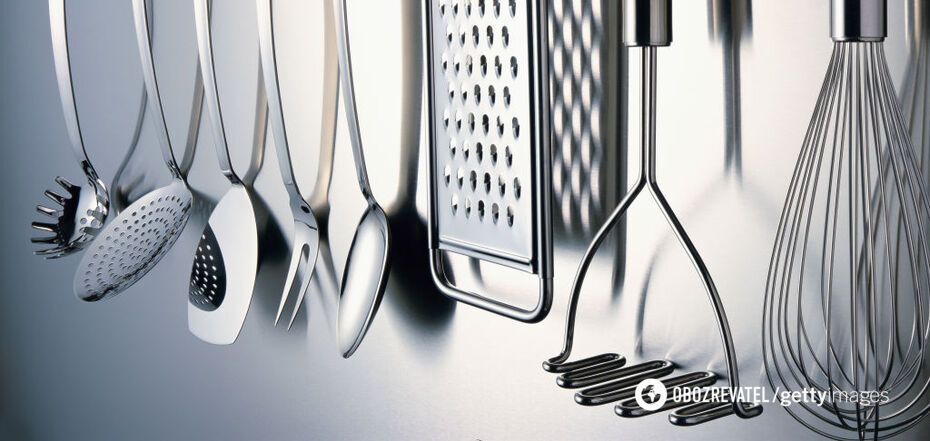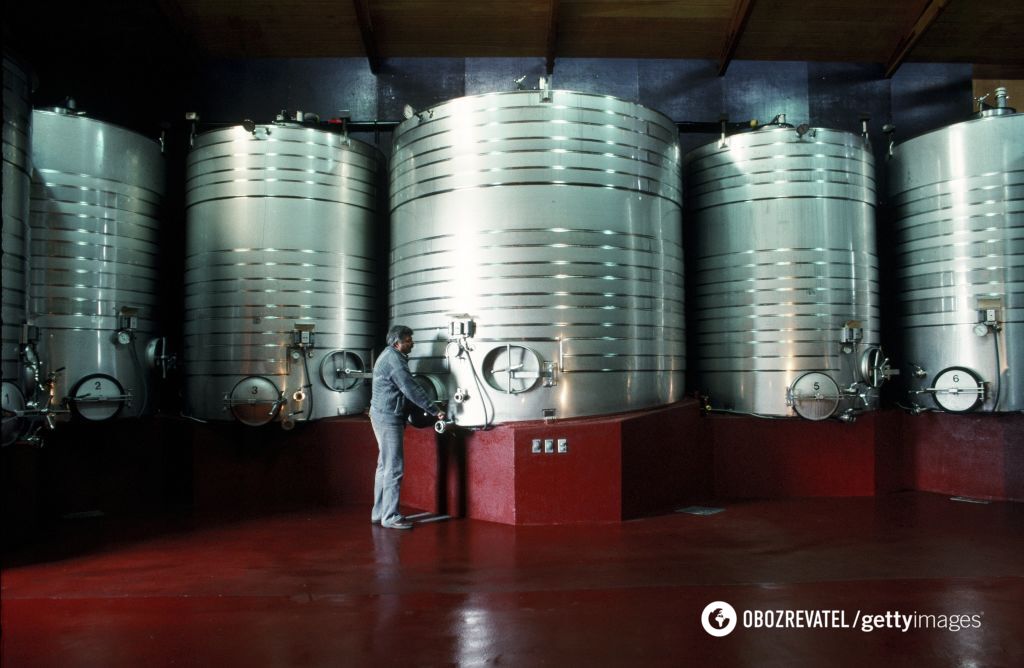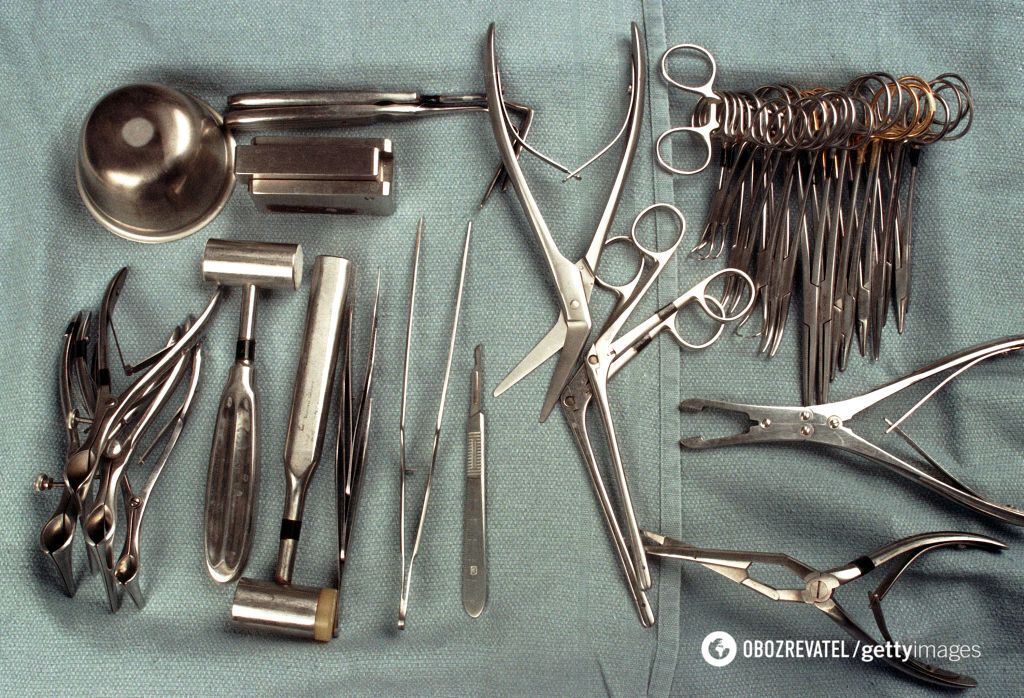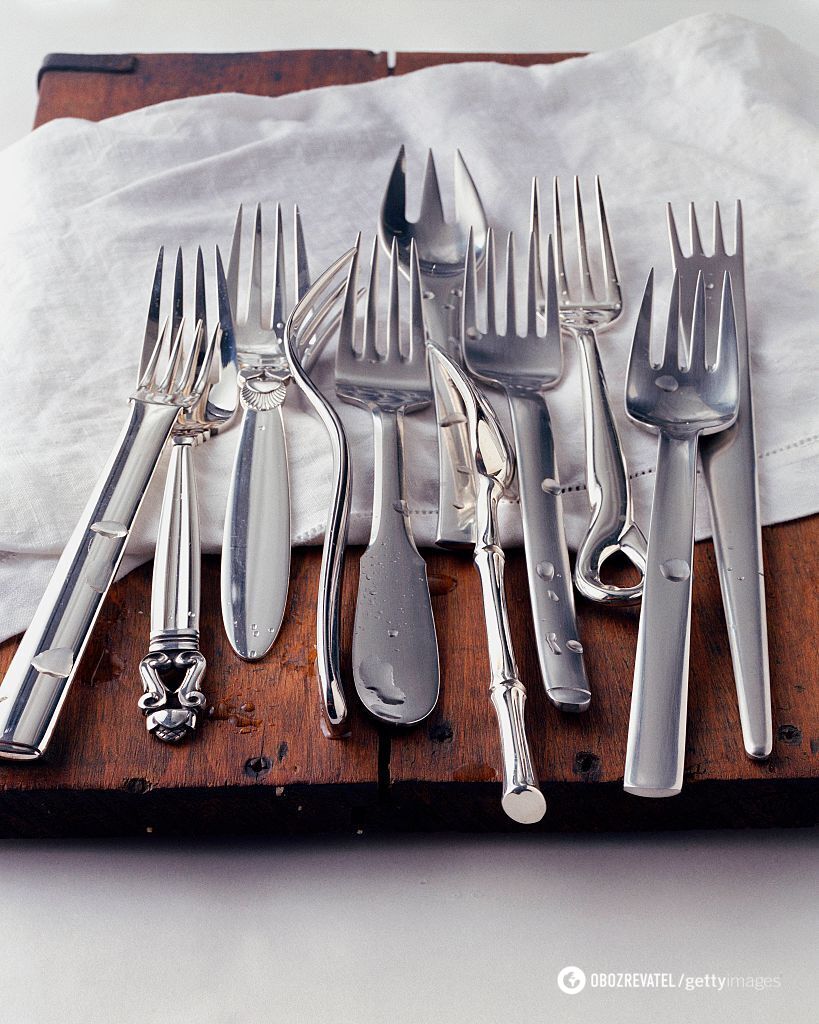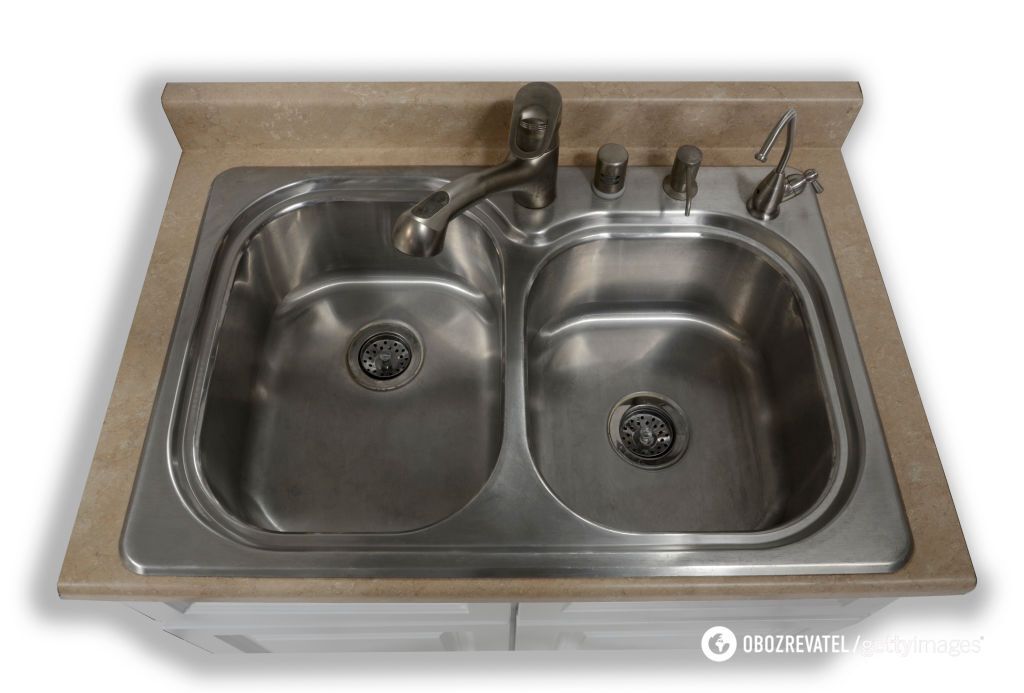News
Why stainless steel does not rust: scientist reveals the main secret
Rust is a constant threat to iron, which is easily oxidized both in air and water. Even steel rusts easily, meaning that oxidation damages structures in buildings, cars, and appliances.
However, stainless steel does not have this problem. The scientist explained that the special chemical composition of this shiny iron alloy creates a protective layer on its surface that prevents rusting, LiveScience reports.
What is the secret of stainless steel?
The chemical composition of stainless steel prevents oxygen in the air and environment from reaching the iron in the steel, preventing a harmful oxidation reaction.
According to experts, ordinary steel rusts when iron reacts chemically with oxygen to form iron oxide. Although rust is generally not harmful to humans, it can severely corrode iron and make it dangerous and ugly.
Ordinary steel is an alloy of 99% iron and approximately 0.2% to 1% carbon, while stainless steel typically contains 62% to 75% iron, up to 1% carbon, and over 10.5% chromium. Stainless steel also typically contains a few percent nickel, which can make it stronger and easier to work with.
Materials researcher Tim Collins emphasized that chromium is a key factor in stainless steel's resistance to rust. After all, this element reacts with oxygen in the environment to create a "passive layer" of chromium oxide (Cr2O3) on the metal surface. This layer prevents oxygen from reaching the iron in the steel and causing rust to form.
According to Collins, the passive layer of stainless steel is only a few nanometers thick and therefore invisible. The chromium oxide layer can also repair itself if it is damaged. Interestingly, it is inert, meaning it does not chemically react with other substances, and it does not leach beyond the metal surface, making stainless steel suitable for food production, surgery, and other applications.
An accidental discovery
Modern stainless steel was developed in 1912 by English metallurgist Harry Brearley, who was studying steel alloys to prevent corrosion in gun barrels.
Tim Collins said that Brearley created an alloy of iron, carbon, chromium, and nickel. But it was not suitable for the gun barrel, so the researcher threw it away in his yard. A few weeks later, the scientist noticed that the shiny alloy in his yard had not rusted, so he developed the material and introduced it to the world in 1915.
According to Collins, stainless steel now accounts for about 4% of the steel used worldwide each year, or nearly 2 billion tons.
However, making stainless steel is a complex and expensive process - typically three to five times more expensive than regular steel. And adding special metal elements to alloys (such as molybdenum for underwater applications) can make it even more expensive.
Johns Hopkins University food scientist Kantha Shelke noted that stainless steel has many advantages. For one, it is resistant to corrosion caused by food acids and cleaning chemicals - unlike aluminum and copper - and does not contaminate the food it touches.
Stainless steel is also durable, stronger than aluminum and hygienic, and with a non-porous surface that can be easily cleaned and disinfected, Kantha emphasized.
Only verified information is available on OBOZ.UA Telegram channel and Viber. Do not fall for fakes!


